The newest family of PIC32 microcontrollers (MCUs) is now available from Microchip Technology Inc. The PIC32MK family features four highly integrated MCUs for precision dual motor control applications (PIC32MK MC) and eight MCUs packed with serial communication modules for general-purpose applications (PIC32MK GP). All MC and GP devices feature a 120 MHz 32-bit core that supports digital signal processor (DSP) instructions. Additionally, to ease control algorithm development, a double-precision floating point unit is integrated into the MCU core letting designers use floating-point based modeling and simulation tools for code development.
To increase efficiency and decrease the number of discrete devices needed in motor control applications, the high-performance PIC32MK MC devices combine 32-bit processing with advanced analog peripherals such as a quad 10-MHz op-amp, high-speed comparators and motor-control optimized pulse width modulation (PWM) modules. The devices also have analog-to-digital converter (ADC) modules capable of total throughput of 25.45 mega-samples/sec (MSPS) in 12-bit mode or 33.79 MSPS in 8-bit mode, enabling higher precision in motor control applications. The devices come with up to 1 MB Live Update Flash, 4 KB of EEPROM and 256 KB SRAM.
“The PIC32MK family represents a continuation in the Microchip motor control lineup enabling traditional 8- and 16-bit customers to move to a 32-bit MCU for motor control while maintaining support through classic Microchip development tools,” said Rod Drake, vice president of Microchip’s MCU32 business unit. “The family also has general purpose MCUs with an extensive array of serial communications modules ideally suited for the industrial space.”
The PIC32MK devices have up to four independent CAN 2.0 ports as well as six Universal Asynchronous Receiver/Transmitter (UART) modules, Local Interconnect Network (LIN) 1.2 and six Serial Peripheral Interface (SPI) or Inter-IC Sound (I2S) modules. Additionally, two complete full-speed USB modules are included on select devices enabling simultaneous USB host and USB device to be active at the same time. A single MCU can be used to communicate to multiple bus protocols for reduced design complexity and cost, making PIC32MK devices ideal for dual-USB applications such as digital audio or CAN-based implementations in the automotive and industrial markets.
For more information about Microchip’s PIC32MK family visit www.microchip.com/pic32mk.

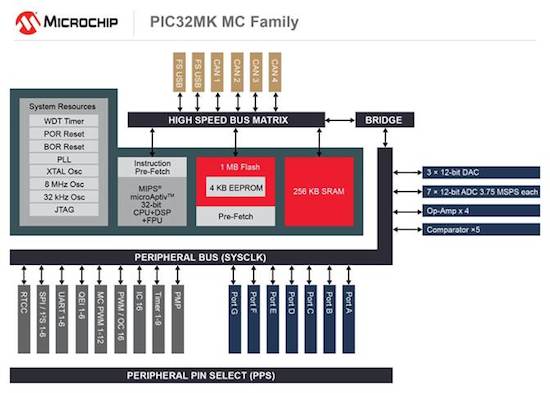
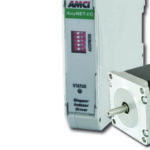
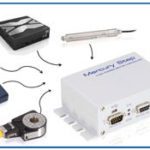
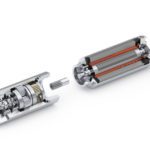
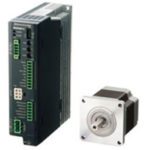

Leave a Reply
You must be logged in to post a comment.